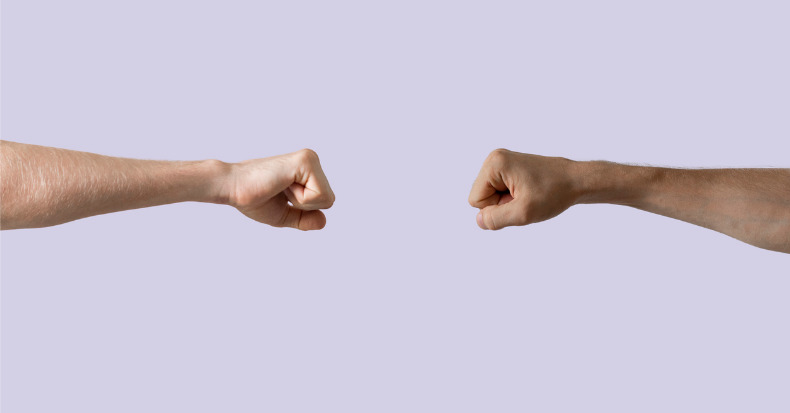The median nerve originates from nerve roots (specifically C5-T1) that exit the cervical spine and then merge together in the brachial plexus in the neck and shoulder region traveling down the arm, through the wrist, and into the hand. Compression or restriction of the mobility of the median nerve anywhere along its course can result in the symptoms commonly associated with carpal tunnel syndrome (CTS), including numbness, tingling, pain, and weakness in the thumb and index, middle, and the thumb-side of the ring finger. So how do doctors of chiropractic differentiate between CTS where the median nerve is compressed at the wrist and another peripheral neuropathy like pronator tunnel syndrome (PTS) in which compression occurs as the nerve passes through the forearm, just below the elbow?
When a patient seeks care for suspected CTS, they’ll first complete a history. This information will direct the course of their chiropractor’s examination to best identify what is generating the patient’s symptoms. Classically, PTS will also include symptoms that start near the elbow (aching, numbness) due to activities that require repetitive elbow flexion and forearm/hand rotations (called supination and pronation) with firm gripping. However, there are presentations of CTS in which pain can be referred into the forearm and even above the elbow. One way your doctor of chiropractic can differentiate PTS from CTS is to apply compression over the pronator teres muscle for 30 seconds. If PTS is present, then this activity can reproduce paresthesia (numb/tingling) into the forearm, hand, and fingers, whereas this may not have the same result in cases of CTS.
Of note, CTS and PTS can co-occur together or along with compression of the median nerve at the neck or shoulder, which may only be identified following a thorough examination. To highlight the importance of properly identifying PTS and CTS, two separate studies have found that PTS is misdiagnosed between 32% and 49% of the time. Failure to address PTS can result in inappropriate treatment at the wrist, including unsuccessful surgical decompression.
Conservative chiropractic treatment for CTS and PTS will typically involve a multimodal approach using manual therapies, physiotherapy modalities, nutrition recommendations, nocturnal splinting, activity modification, and at-home exercises to reduce inflammation and restore the mobility of the median nerve as it travels from the neck to the hand. Because issues like hypothyroidism, diabetes, obesity, autoimmune diseases, and other systemic/chronic conditions can contribute to CTS and PTS, co-management with an allied healthcare provider may be required to achieve a satisfactory result. As with other musculoskeletal conditions, both CTS and PTS are easier to manage with conservative, non-surgical treatment approaches—including chiropractic care—earlier in the course of the disorder, so don’t delay treatment until either (or both) conditions become severe. In the most advanced cases, surgical intervention may be the only option available to a patient.
